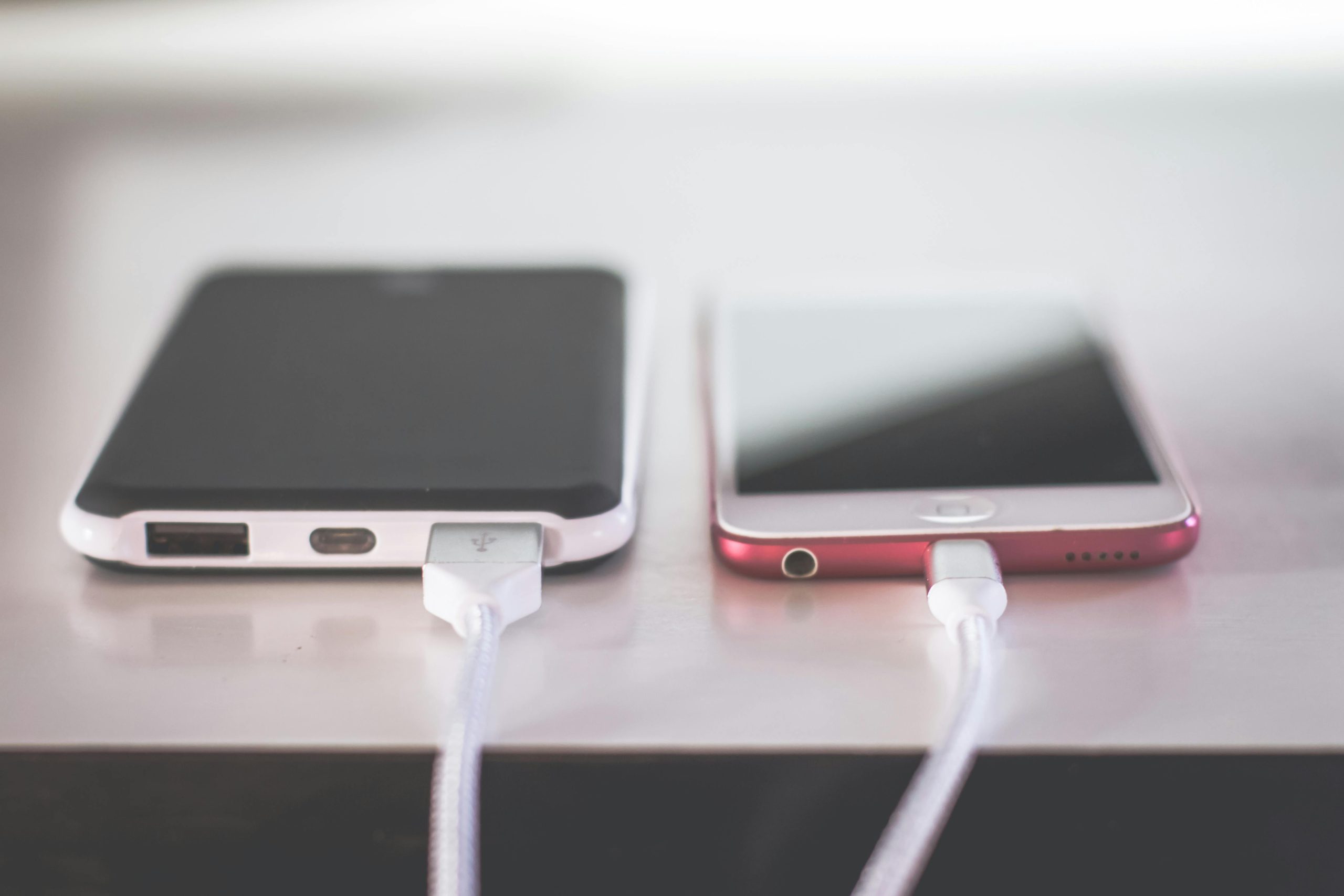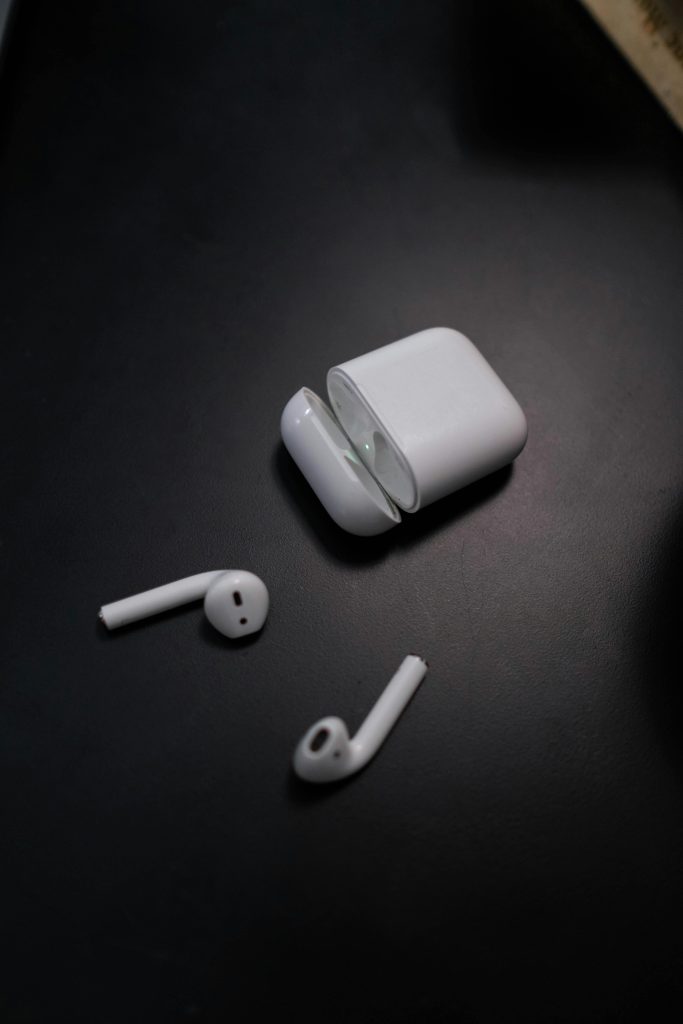Understanding Unexpected Battery Drain and Windows 11 Battery Reporting Anomalies: A Case Study
In the modern era of portable computing, achieving optimal battery performance is crucial for user satisfaction and productivity. Recently, a user shared a detailed account of unexplained battery drain and discrepancies in battery usage reporting on a newly purchased HP Omnibook Ultra Flip 14 equipped with Windows 11. This case highlights important considerations for hardware and software interactions affecting battery life and battery monitoring.
Device Overview
The device in question is an HP Omnibook Ultra Flip 14, featuring the Ultra 7 258V processor, 32GB of RAM, and a 2TB SSD. The user performed a clean installation of Windows 11 upon purchase and diligently updated all drivers and system firmware, including the BIOS.
Observed Issues
- Excessive Battery Drain During Shutdown
The user reports that the battery diminishes significantly even when the laptop is fully powered down—approximately 6% over a 12-hour period. Furthermore, if the battery percentage drops by half, it can quickly deplete an additional 3-4% within minutes. This behavior is unusual, as a completely powered-off device should consume minimal power.
- Windows 11 Battery Usage Report Anomalies
The Windows 11 battery usage reports indicate the screen has been active for 24 hours, even when physically turned off. Conversely, selecting specific hours where the device was shut down correctly shows only about an hour of screen time. Initial impressions suggest a possible misreporting or a background process keeping the display technically “on” or the system misinterpreting sleep modes as active screen time.
- Inconsistent Battery Monitoring
The user observed that immediately after powering on the device, the battery usage graph appears normal. However, reopening the battery usage dashboard later results in the 24-hour screen-on time reporting, suggesting potential reporting inaccuracies or background processes misclassified as active display use.
Troubleshooting Attempts
-
The user has disabled Fast Startup both in Windows and BIOS settings, aiming to reduce any fast-boot behaviors that might contribute to power drain.
-
All wake devices identified via
powercfg -devicequery wake_armedwere disabled from waking the system; however, USB ports still supply power during shutdown, with no BIOS options available to disable this feature. -
BIOS downgrading was attempted to resolve potential firmware-related issues; however, the Intel Management Engine (ME) failed to downgrade, indicating possible restrictions or firmware protection measures
Share this content:



